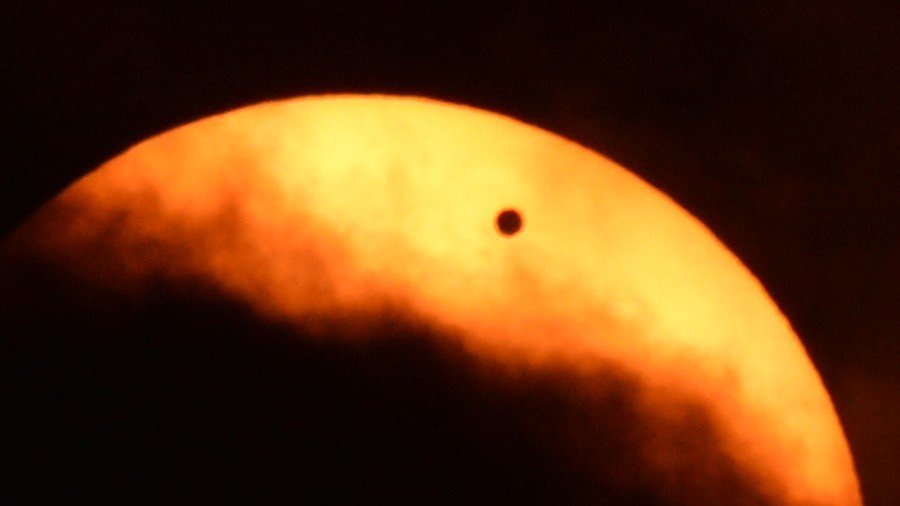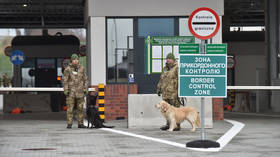Venus on Earth: German space lab to recreate our neighbor's 1,000C surface conditions

The German Space Agency (DLR) has opened a brand new, state-of-the-art facility that will try to recreate the fiery conditions on the surface of Venus, whose heat and thick atmosphere makes it extremely hard to study.
READ MORE: Mars to appear as ‘bright as an airplane light’ as it comes closest to Earth in 15 years
Researchers have previously had a very difficult time studying Earth’s neighbor. The planet’s atmosphere is notoriously thick and it is blanketed in clouds of sulfuric acid droplets. It traps the sun’s heat and temperatures can reach as high as 470 Celsius (878 Fahrenheit). The volatile surface also sees lightning bursts and hurricane-force winds up to 224mph (360kph).
READ MORE: Deep Impact 2.0? Musk’s Tesla Roadster on possible collision course with Earth
Previously, scientists were forced to tune their instruments to certain wavelengths of infrared light to peer through the dense, carbon dioxide-rich atmosphere. These glimpses beneath the atmosphere, dubbed ‘spectral windows,’ were picked up during the flyby of NASA’s Galileo mission to Jupiter as well as the ESA Venus Express spacecraft.
The new chamber at the Planetary Spectroscopy Laboratory (PSL) in Berlin will stoke temperatures as high as 1,000 Celsius. The facility is designed to help researchers heat rocks similar to those found on Venus in a bid to better understand the planet’s minerals.
‘Out of this world’ snap shows sharp microscopic fragment of #Itokawa asteroid in incredible detail https://t.co/SYybDcrk4L
— RT (@RT_com) August 4, 2018
Now, the new chamber will help scientists validate data collected by telescopes by combining them with measurements made in the lab. Scientists believe the process could help track the interactions between the surface and the atmosphere.
"We can demonstrate that, with an orbital instrument, basalt spectra can be easily discriminated from basaltic andesites, andesites, and rhyolite or granite. So we can address the question whether the oldest landforms on Venus called tesserae are indeed comparable to Earth's continents,” Jörn Helbert of PSL who led the development of the new facility, told Astrowatch
Think your friends would be interested? Share this story!















